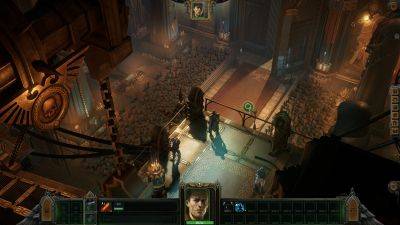Assassin’s Creed Odyssey and Origins Featured at Museum of Cycladic Art of Athens
Assassin's Creed Origins' Ptolemaic Egypt and Assassin's Creed Odyssey's Classical Greece are separated by nearly 400 years, but the two worlds are coming together in an exhibit at the Museum of Cycladic Art in Athens. Titled Chaeronea, 2 August 338 BC: A Day That Changed The World, the exhibition centers on the decisive victory of the Macedonian army, under the leadership of its king, Philip II, over a coalition of Greek cities. The battle is the precise moment Philip II's son, Alexander (known more famously by his moniker Alexander the Great) enters the international political scene. The museum will highlight not only that particular day, but the events that preceded it and those that followed.
To learn more about how Assassin's Creed Origins and Assassin's Creed Odyssey play a role in the exhibition, we spoke with the exhibition's curator, Dr. Panagiotis Iossif.
Assassin's Creed Origins and Odyssey take place nearly 400 years apart. How can both games help illustrate the significance of a single day when neither game depicts it?
Panagiotis Iossif: That's exactly the fascinating thing with the battle of Chaeronea and its importance: a single day, a single battle which links together events separated by more than four centuries.
Assassin's Creed Odyssey is set a hundred years before the battle of Chaeronea. But the way Thebes and Boeotia are represented in the game is accurate enough to be used to illustrate and explain the historical setting moments before the battle. The victory of Philip II, King of Macedonia, established the Macedonian domination in continental Greece. It also paved the way for the conquests of his son, Alexander, who founded Alexandria seven years after the battle. Indeed, Alexander fought at


 news.ubisoft.com
news.ubisoft.com





















